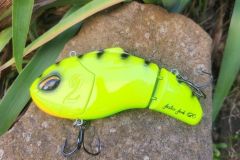Integral frame
A hard lure with an integral frame means that it has a single piece of wire running through it from head to tail, to which the hooks and line attachment are attached.
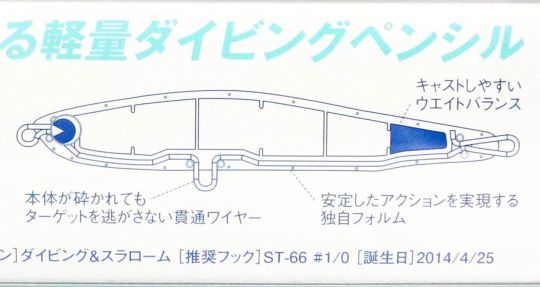
The advantage of this frame is that the hooks are connected directly to the line via the frame, without any additional intermediaries, giving maximum strength.
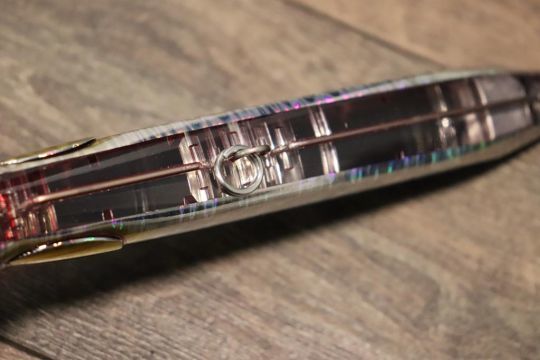
This is because the forces are borne by the armature and not by the lure's plastic, as with a lure without an armature. As a result, the lure's plastic is not stressed and the lure is more resistant.
Without integral frame
The other main family of hard lures is the one without integral armature. It has the advantage of being less complex and less expensive to produce, but it is less solid.
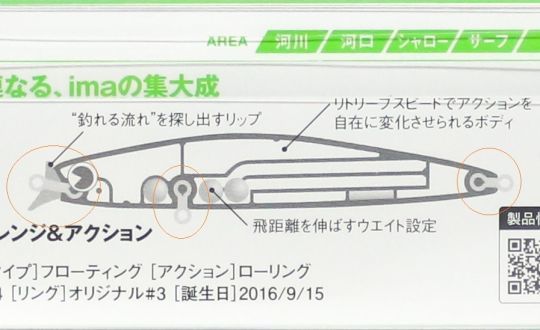
Indeed, if you look at an internal view of this type of lure, you'll see that there's no wire running from the head to the tail of the lure, but only a few iron loops caught in the plastic.
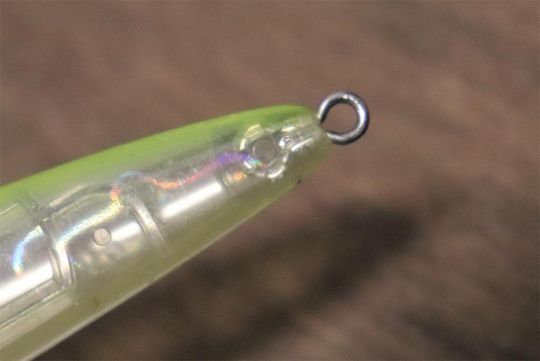
This way, the manufacturer doesn't need to design a precise frame dedicated to one model, but can reuse this loop principle for several references. The disadvantage of this structure is that, if subjected to too great an effort, it can deform, the lure's plastic can break and the loop will slip out of its housing, resulting in the loss of the hook or lure.
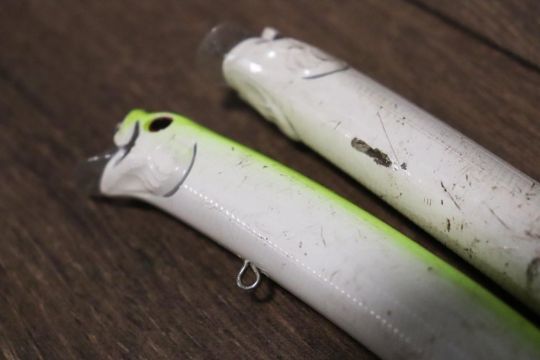
Which frame to choose?
There's no such thing as a good or bad frame, but rather one that's adapted to a particular type of fishing. In the majority of hard lure fisheries in France, apart from tuna, catfish and special cases where you need to fish with the drag locked, such as when fishing for sea bass in oyster beds, a classic frame will be enough to bring out any fish.
On the other hand, if you want to tackle aggressive fish such asaimara, peacock bass, snakehead, dorado, taimen and all marine species that need to be fought with a very tight drag, you need to select lures with an integral armature.
Certain signs may indicate that the lure is about to fail, in which case it's best to stop using the lure in question. These signs may be the plastic around the attachment breaking or the attachment itself being deformed.


